The fruit has both sweet and sour flavors, but the sweetness always wins over the sourness.


Mangosteen can be eaten raw as a fruit dessert. The thick skin is inedible, so you have to remove it before eating. Take out a sharp knife and cut the fruit horizontally. Just cut till the skull part and left the pulp in its position. Hold the fruit in your hand and make a light twist in the upper part to get rid of half the skin. With one more light pop in the bottom half, you will have the fruit flesh in full.
Speaking of mangosteen, Vietnamese people always call for three famous regions: Bao Loc – Lam Dong, Cai Mon – Ben Tre, and Lai Thieu – Binh Duong.
A tropical tree, the mangosteen must be grown in consistently warm conditions, as exposure to temperatures below 0 °C (32 °F) for prolonged periods will usually kill a mature plant. They are known to recover from brief cold spells rather well, often with damage only to young growth.
The juvenile mangosteen fruit, which does not require fertilisation to form, first appears as pale green or almost white in the shade of the canopy. As the fruit enlarges over the next two to three months, the exocarp colour deepens to darker green. During this period, the fruit increases in size until its exocarp is 6–8 cm (2+1⁄2–3 in) in outside diameter, remaining hard until a final, abrupt ripening stage.
The subsurface chemistry of the mangosteen exocarp comprises an array of polyphenols, including xanthones and tannins that assure astringency which discourages infestation by insects, fungi, plant viruses, bacteria and animal predation while the fruit is immature. Colour changes and softening of the exocarp are natural processes of ripening that indicates the fruit can be eaten and the seeds have finished developing.
Once the developing mangosteen fruit has stopped expanding, chlorophyll synthesis slows as the next colour phase begins. Initially streaked with red, the exocarp pigmentation transitions from green to red to dark purple, indicating a final ripening stage. This entire process takes place over a period of ten days as the edible quality of the fruit peaks. Over the days following removal from the tree, the exocarp hardens to an extent depending upon post-harvest handling and ambient storage conditions, especially relative humidity levels. If the ambient humidity is high, exocarp hardening may take a week or longer when the flesh quality is peaking and excellent for consumption. However, after several additional days of storage, especially if unrefrigerated, the flesh inside the fruit might spoil without any obvious external indications. Using the hardness of the rind as an indicator of freshness for the first two weeks following harvest is therefore unreliable because the rind does not accurately reveal the interior condition of the flesh. If the exocarp is soft and yielding as it is when ripe and fresh from the tree, the fruit is usually good.
The edible endocarp of the mangosteen has the same shape and size as a tangerine 4–6 cm (1+1⁄2–2+1⁄2 in) in diameter, but is white.The number of fruit segments corresponds exactly with the number of stigma lobes on the exterior apex; accordingly, a higher number of fleshy segments also corresponds with the fewest seeds. The circle of wedge-shaped segments contains 4–8, rarely 9 segments, the larger ones harbouring the apomictic seeds that are unpalatable unless roasted. As a non-climacteric fruit, a picked mangosteen does not ripen further, so must be consumed shortly after harvest.
The flesh bears an exceptionally mild aroma. The main volatile components having caramel, grass and butter notes as part of the mangosteen fragrance are hexyl acetate, hexenol and α-copaene.
Before ripening, the mangosteen shell is fibrous and firm, but becomes soft and easy to pry open when the fruit ripens. To open a mangosteen, the shell can be scored with a knife, pried gently along the score with the thumbs until it cracks, and then pulled apart to reveal the fruit. Alternatively, the mangosteen can be opened without a knife by squeezing the shell from the bottom until it breaks, allowing the shell to be removed and the fruit eaten while intact with the stem. Occasionally, during peeling of ripe fruits, the purple exocarp juice may stain skin or fabric.
Mangosteen is a familiar tropical fruit in Southeast Asia countries. It is also popular in Vietnam with the delicious taste and packed vitamins.
When ripen, the thick outer shell has a dark purple color with ivory-white juicy pulp inside. The pulp is divided into a couple of segments, while some have inedible seeds of their sizes, some are not.



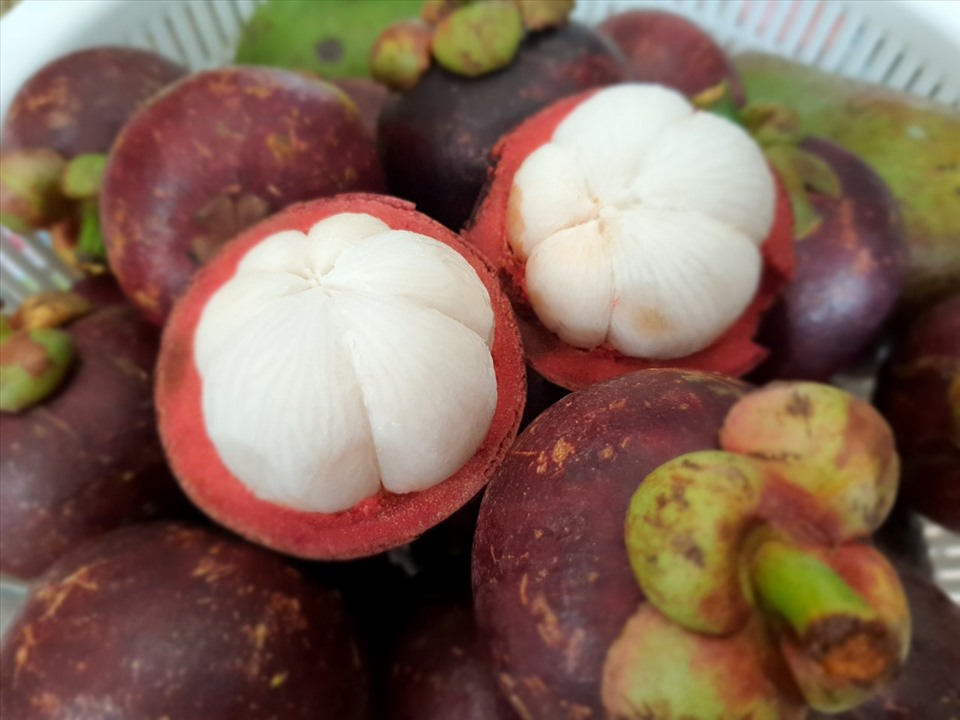
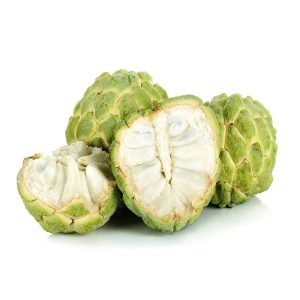
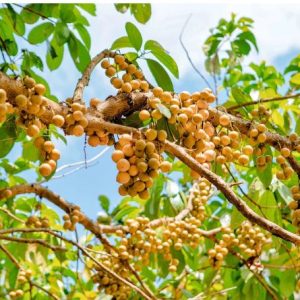
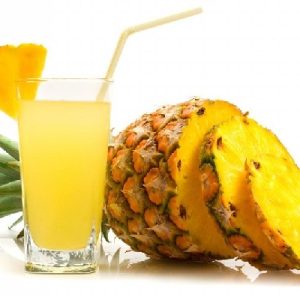
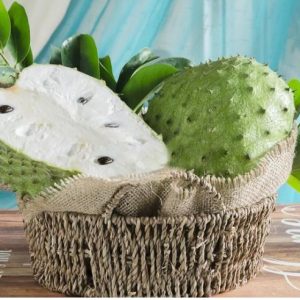










Đánh giá
Chưa có đánh giá nào.